This is the sixth in a series of blog posts that looks at history near a Los Angeles Public Library branch. Library resources, including books, local newspapers, maps, city directories, vertical files, and the California Index, point to history around the Lincoln Heights Branch that is extensive. It stands to reason because Lincoln Heights, originally called East Los Angeles when it was subdivided in 1873, is one of the oldest neighborhoods in the city. In 1916, when the Carnegie-funded library opened on the corner of E. Avenue 26 and Workman Street, it was known as the North East Branch. The library was renamed the Lincoln Heights Branch in November 1919; learn more of its history here.
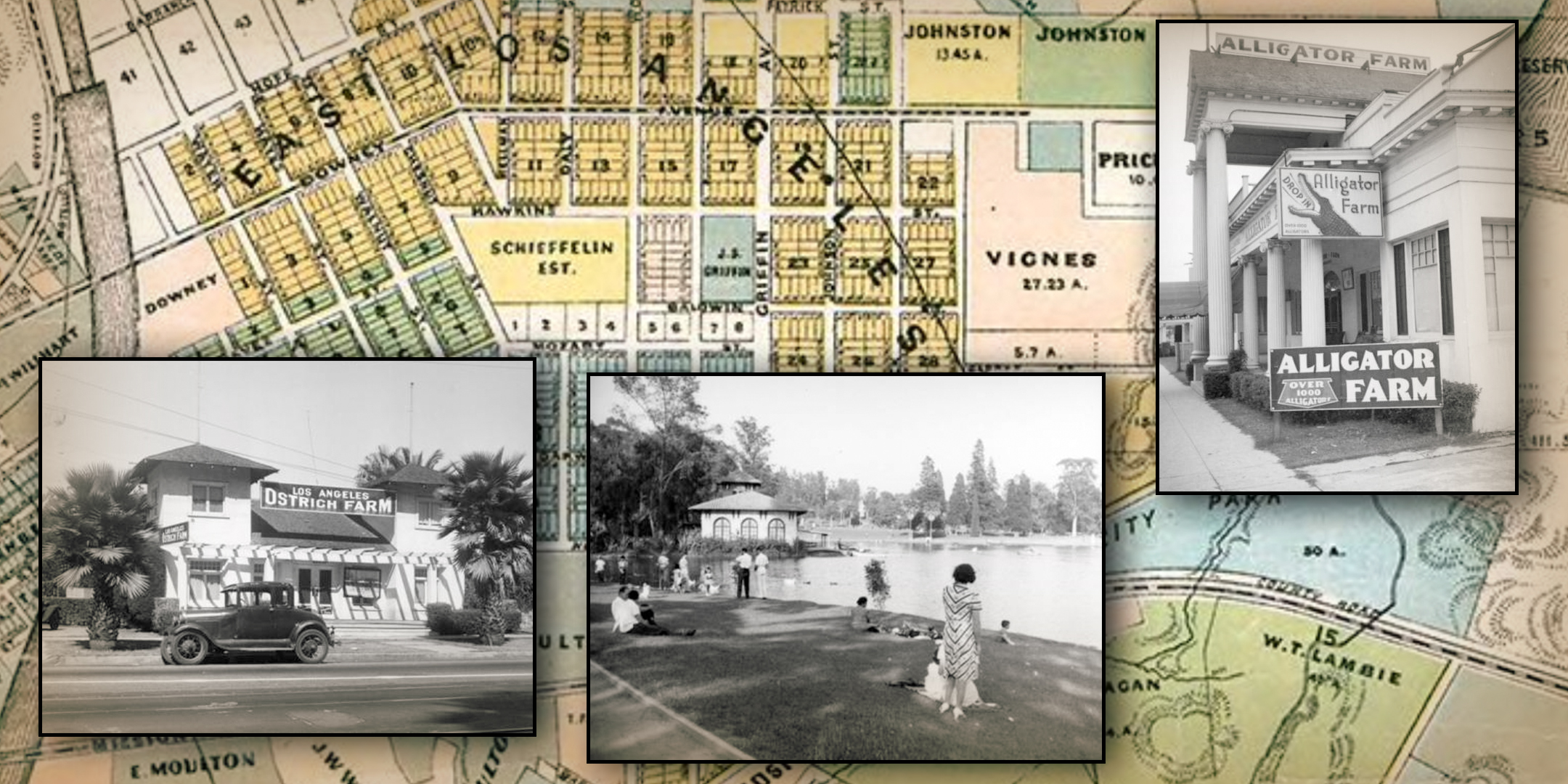
By the early 20th century, tourists flocked to the community for its attractions and parks, and residents were urged to "buy local" instead of shopping nearby downtown. To assert the community's independence, East Los Angeles was renamed Lincoln Heights in 1917, and Eastlake Park became Lincoln Park. Through the years, the neighborhood has been home to the workers of nearby railyards and industrial plants, famous artists, and quite a few youngsters who grew up to be famous. Two of Lincoln Heights' early landmarks, Lincoln High School and Lincoln Park, are still well-known today.
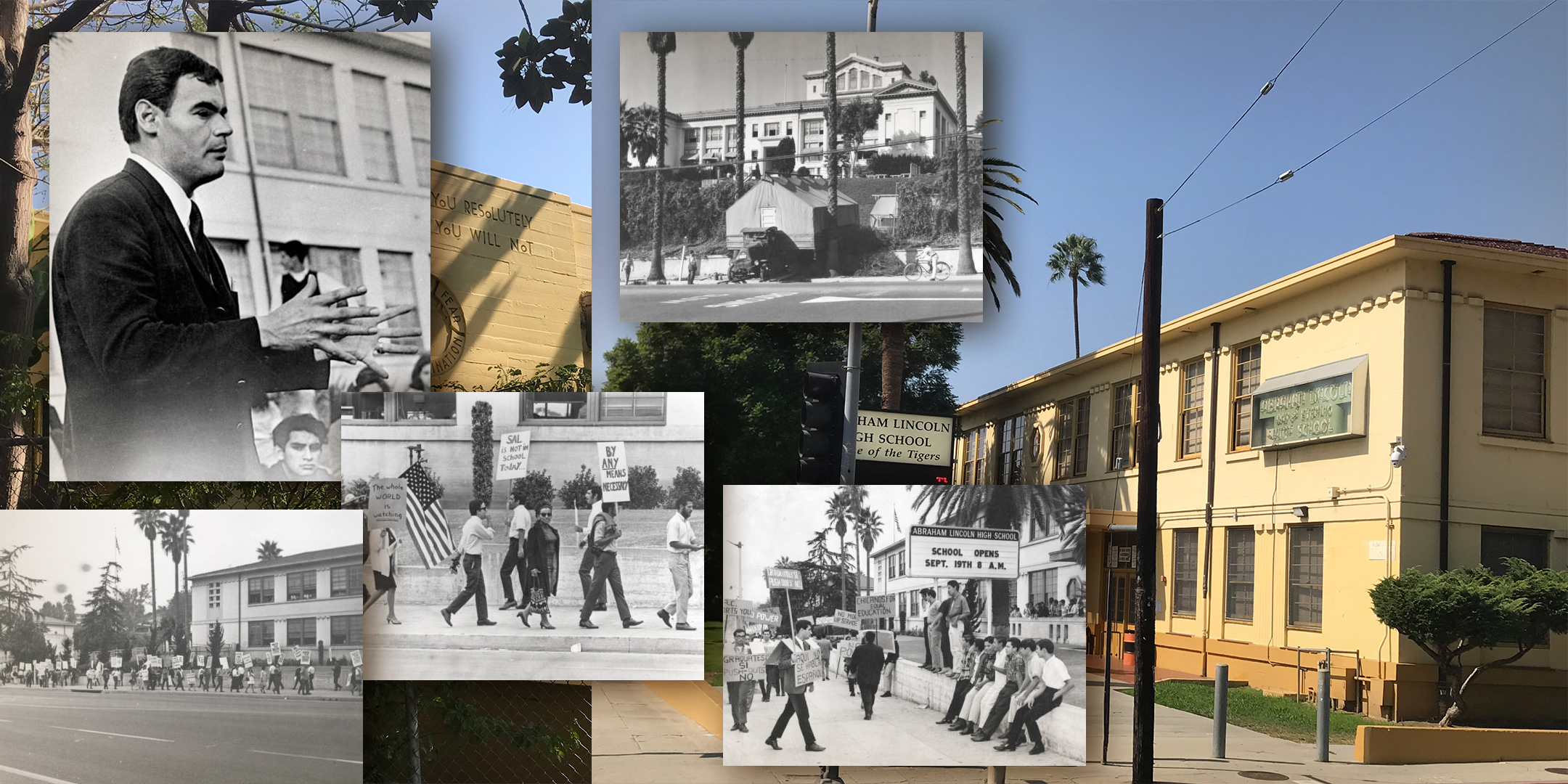
Lincoln High School was one of the city's earliest high schools when it opened in 1913 in the community then still known as East Los Angeles. It was likely named Abraham Lincoln High School because 1913 marked the 50th anniversary of the Gettysburg Address, and newspapers of the time were filled with mentions of Lincoln. Ethel Percy Andrus was named principal in 1916, becoming the first female high school principal in California [Fun fact: after she retired she founded both the National Retired Teachers Association (NRTA) and the American Association of Retired Persons (AARP)]. According to various newspaper accounts, Ms. Andrus pitched the idea of renaming East Los Angeles as Lincoln Heights and Eastlake Park as Lincoln Park. [According to newspaper accounts, the new names were "monuments to the martyred president" and would now match the name of Abraham Lincoln High School.] More recently, Lincoln High teacher Sal Castro wrote about his work at the school during the 1960s, and throughout East Los Angeles, empowering students to demand better learning conditions. To that end, Lincoln High School was the scene of protests by Mexican American parents in 1966, and students at the East L.A. walkouts (aka blowouts) in 1968. Check out La Raza, a book of photos and essays on the bilingual newspaper and magazine that covered the Chicano Movement. The newspaper started in 1967 in the basement of the Church of the Epiphany, just two blocks from the Lincoln Heights Library. [The church has a fascinating history which can be traced through the Los Angeles Times, all the way back to its origins in 1887.]
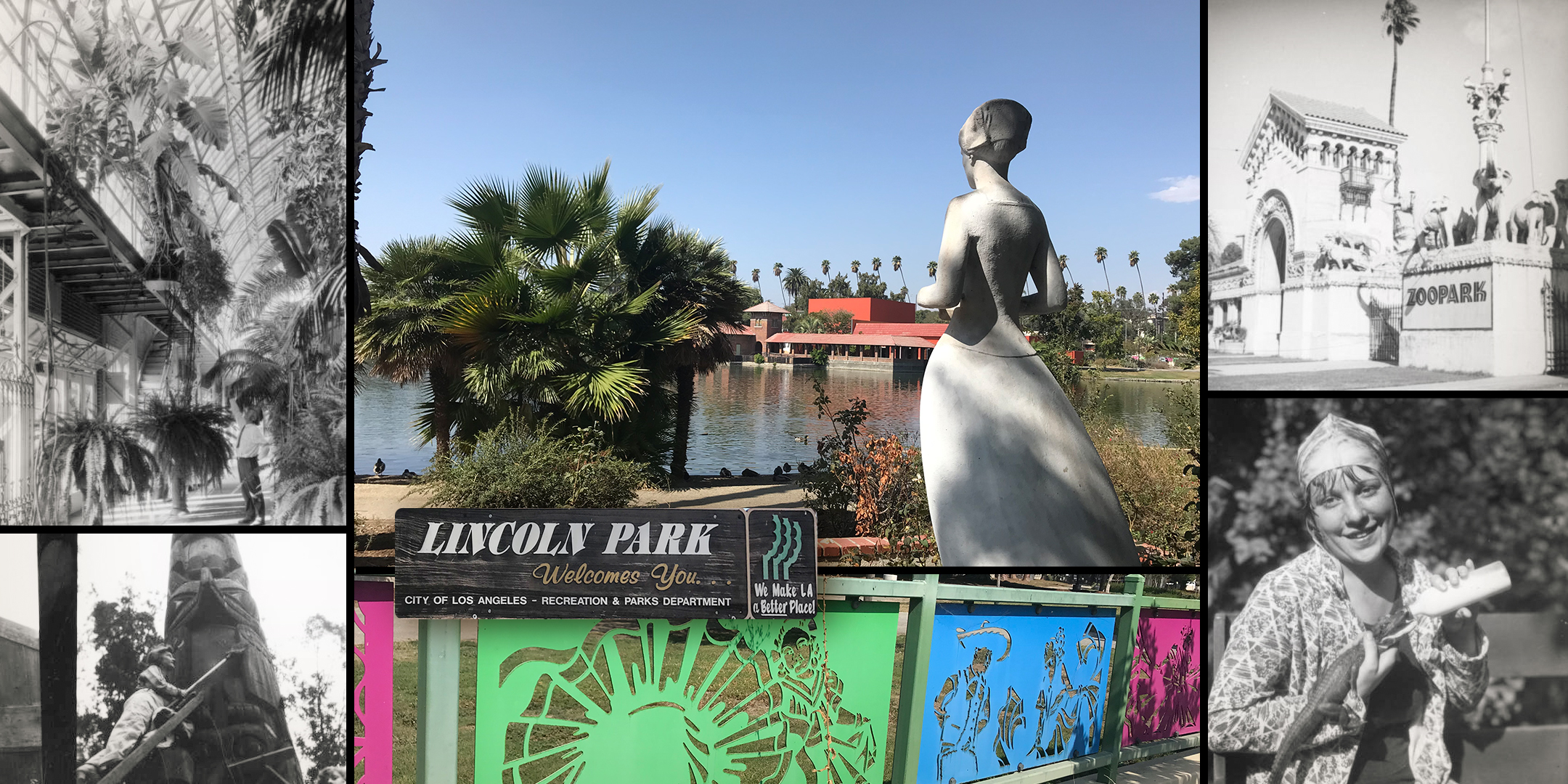
Lincoln Park of the early 20th century was the site of many amusements that might compare to the allure of Disneyland or Universal Studios today. In addition to numerous photos available through the library's digital photo collection, the library has several early Southern California guidebooks that extol the virtues to be found in and near Eastlake Park/Lincoln Park. These books cover the California Alligator Farm, the Los Angeles Ostrich Farm (not to be confused with the Cawston Ostrich Farm in South Pasadena), and Antonio Apache's short-lived 15-acre Indian Arts and Crafts Exhibit. Additionally, newspaper articles cover other former Eastlake/Lincoln Park attractions such as the merry-go-round, miniature railroad, roller skating rink, and the large conservatories with their rare tropical and South American plants (the park also had a propagating garden in the early 20th century that supplied plants to other city parks). Some guidebooks describe picnics in Lincoln Park—from a small social gathering to the large Iowa state picnic. [Carey Williams described the importance of state societies and their picnics, dating back to the first Iowa state picnic in Lincoln Park in 1878]. Selig Zoo, located next door to Lincoln Park, was a special spot, remembered as a precursor to the Los Angeles Zoo and also for its stone lions and elephants carved by Carlo Romanelli. [Some of the stone lions were saved and can now be found at the Los Angeles Zoo]. Not only was the Selig Zoo visited by those far and wide, but it was also, first and foremost, a working movie studio. According to a biography of William Selig, the animals were all actors and merely entertained the tourists when not working in films. The zoo changed hands several times—became Luna Park Zoo, and later California Zoological Gardens (aka Zoo Park) before closing in 1940. Today the Lincoln Park boathouse (they used to rent boats to glide around the lake) is now the Plaza de la Raza, a community arts center, offering classes and events pertaining to visual art, dance, music, and theatre. The Lincoln Park sculptures, Abraham Lincoln (by Lincoln Heights resident/sculptor Julia Bracken Wendt) and Florence Nightingale are joined by numerous statues and busts in El Parque de Mexico across the street. The tallest, a bronze of Emiliano Zapata by Ignacio Asunsolo, was dedicated in May 1980.
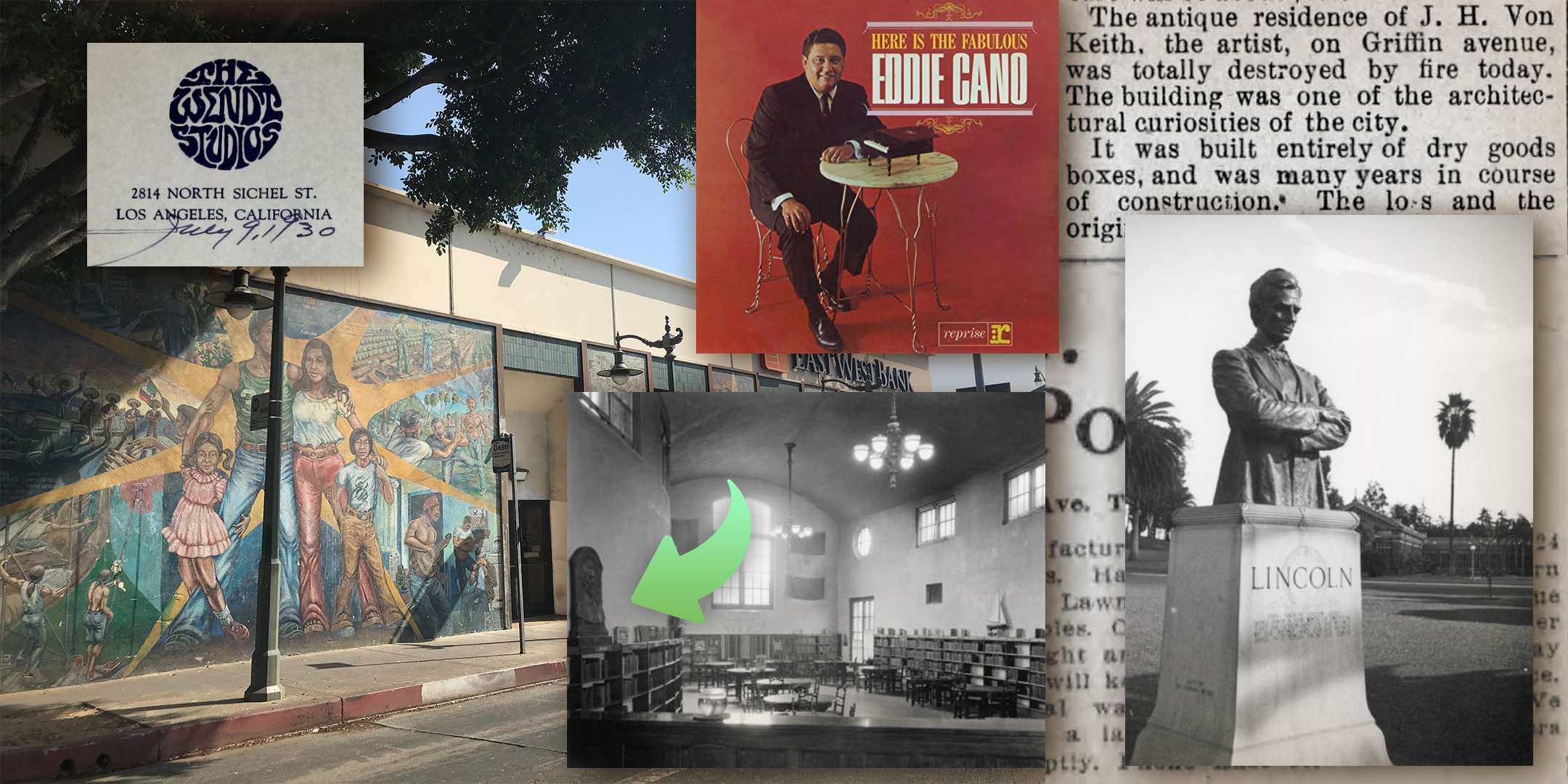
Beautiful murals can be found throughout the community art and artists have a long history in East Los Angeles/Lincoln Heights. One home near the library featured prominently in the Los Angeles art world. Artists Elmer and Marion Wachtel built a studio and living space at 2814 Sichel Street. While living there, from 1904 to 1906, newspapers reported that their studio was opened to the public for visits. After the Wachtels moved to Arroyo Seco in 1906, the studio/home was sold to another artistic couple, William Wendt and Julia Bracken Wendt. Mr. Wendt was one of Southern California's most prolific landscape painters in the early 20th century and a co-founder of the California Art Club. His wife, Julia Bracken Wendt, was a renowned sculptor. Both were firm supporters of the Lincoln Heights Branch Library when it opened in 1916. Mr. Wendt displayed his art at the library's opening, and Julia Bracken Wendt presented the library with a bas-relief of Abraham Lincoln in June 1922. [Another artist and author, John H. Von Keith lived briefly off of Griffin Avenue in a fanciful house made of "dry goods boxes" that, according to newspaper reports, burned down in 1890. East Von Keithian Avenue is his namesake.] Throughout the early 20th century, numerous pottery firms, including Bauer and Pacific, were also headquartered in Lincoln Heights.
Many Lincoln High alums who became famous in the arts were shaped by their experiences in Lincoln Heights, including director Frank Capra, movie producer Moctesuma Esparza, artist Dolores Guerrero-Cruz, and musicians Eddie Cano and Gaylord Carter (his first organist job was at a theater on North Broadway). Filmmaker John Huston attended Lincoln High before dropping out at fifteen to pursue boxing and study painting. Another famous Lincoln High alumni is Kenny Washington. Mr. Washington was a star football player at Lincoln High and UCLA and became the first African American man to sign a contract with the NFL. The intersection in front of Lincoln High was renamed Kenny Washington Square in 2014.
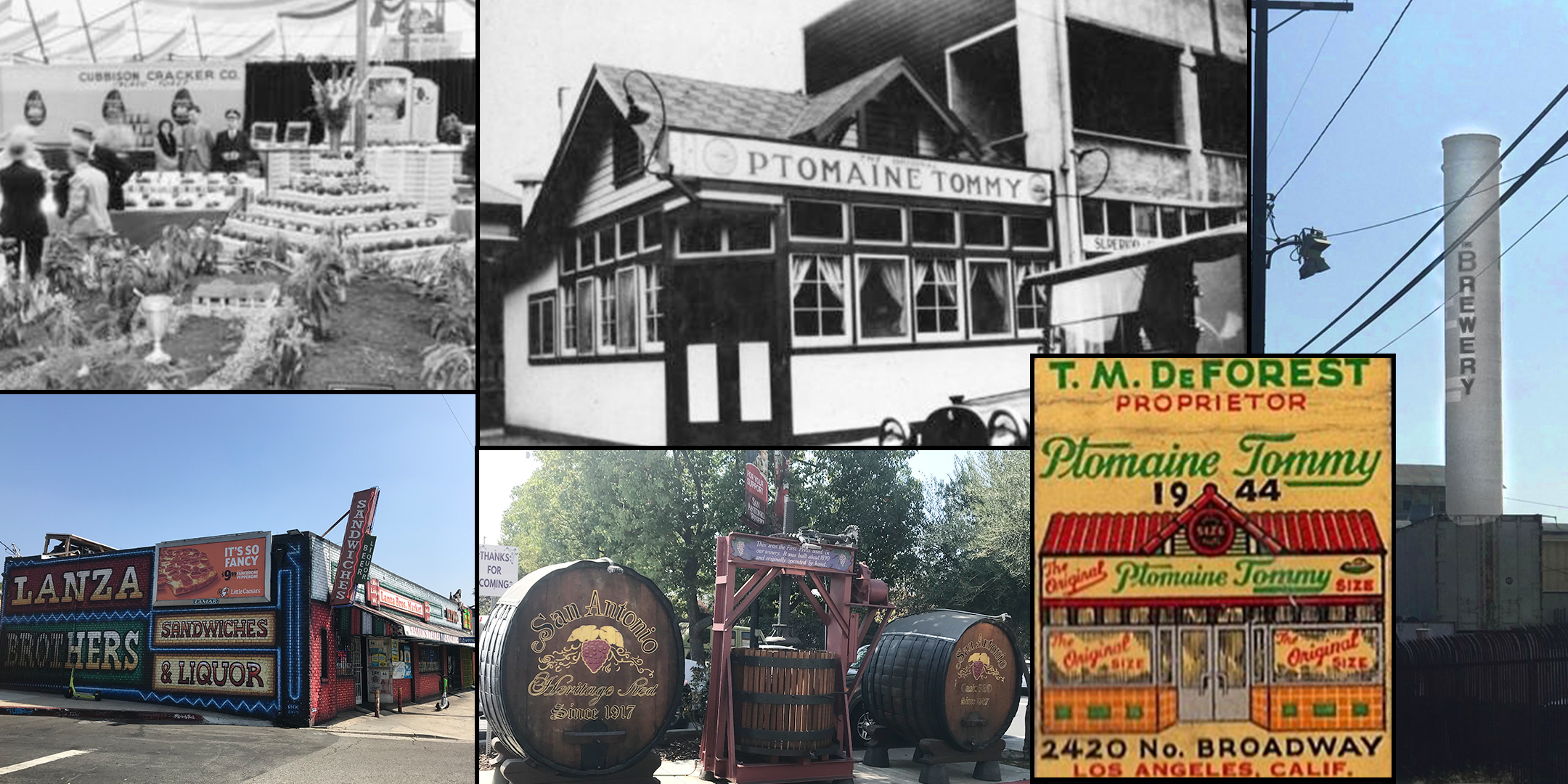
Lincoln Heights has a long history of culinary entrepreneurs and is the birthplace of the chili size, an open-faced chili burger. According to local newspapers, T.M. "Tommy" DeForest set up his food wagon selling tamales and beans on the corner of Avenue 22 and North Broadway in 1913 before opening his restaurant, Ptomaine Tommys. Once he hit on the magic combination of chili and beans ladled over two small hamburger patties, people flocked to his little place, and he soon built a larger location at 2418-2420 N. Broadway in 1929. When Ptomaine Tommy's closed in 1958 due to DeForest's ill health, he was the longest-serving member of the Lincoln Heights Chamber of Commerce. Sadly, he died eight days later. By searching local newspapers and city directories, we learn about another culinary maven who started in Lincoln Heights. Mrs. Cubbison and her husband opened a bakery and branched out to "genuine whole wheat health bread," flaxseed crackers, and melba toast. Today is best known for her stuffing recipe, which can be purchased in grocery stores nationwide. Brewers and vintners have a long history in Lincoln Heights as well. The Los Angeles Brewing Company opened on Main Street in 1897, the location became Eastside Brewery and Pabst Brewery before closing in 1979. The complex is now the Brewery Art Colony. Winemaking in Los Angeles dates back to the 19th century, but in 1917 Italian immigrant Santo Cambianica started the San Antonio Winery in Lincoln Heights. Still located on Lamar Street, the winery now has a gift shop, restaurant, and wine tasting, and it was very busy the day I visited. Writer Cecilia Rasmussen wrote about the history of both the Eastside Brewery (9/7/1997) and San Antonio Winery (5/20/2000) for the Los Angeles Times—you can read both articles for free with your library card.
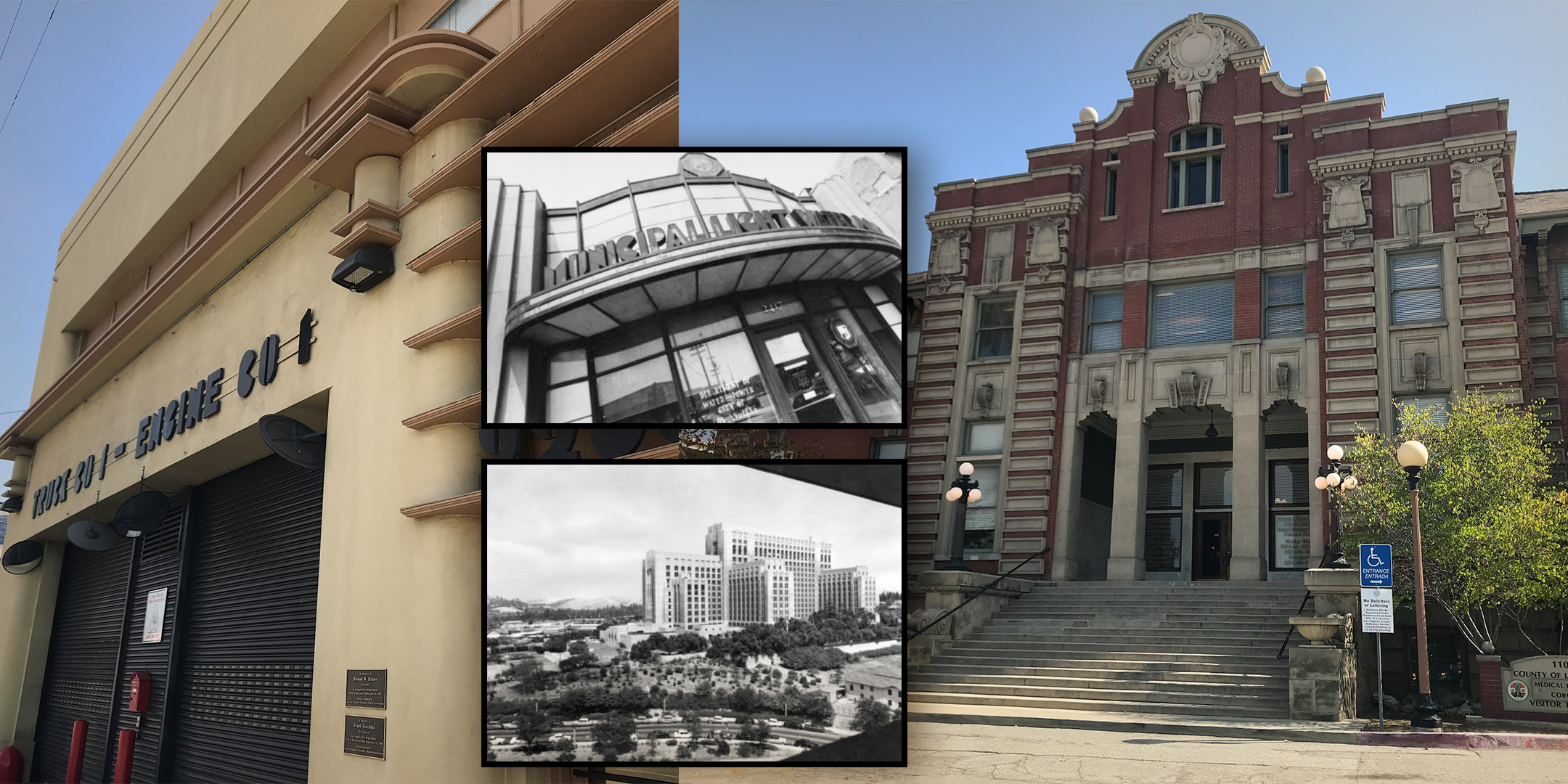
This is just the tip of the iceberg when it comes to the history to be found near the Lincoln Heights Branch of the Los Angeles Public Library. The library has digitized issues of the local newspapers Lincoln Heights District Bulletin (1919-1928) and Lincoln Heights Bulletin-News (1928-1977), which have helped flesh out some of these histories. Other nearby historical places and things to explore include the Lincoln Heights Jail, the huge Art Deco Los Angeles County Hospital, the S. Charles Lee designed LADWP office (which featured a demonstration kitchen when it opened in 1938), the Streamline Moderne LAFD Fire Station #1 on Pasadena Avenue, and, of course, grab a sandwich from Lanza Brothers Market, a neighborhood staple since 1926.
![Lincoln Heights Branch Library at 2530 Workman Street [2022] Photo by Tiffney Sanford](https://www.lapl.org/sites/default/files/styles/blog_feature_image/public/blogs/2022-11/diglincolnheights.jpg?itok=ZpEtgHKe)







